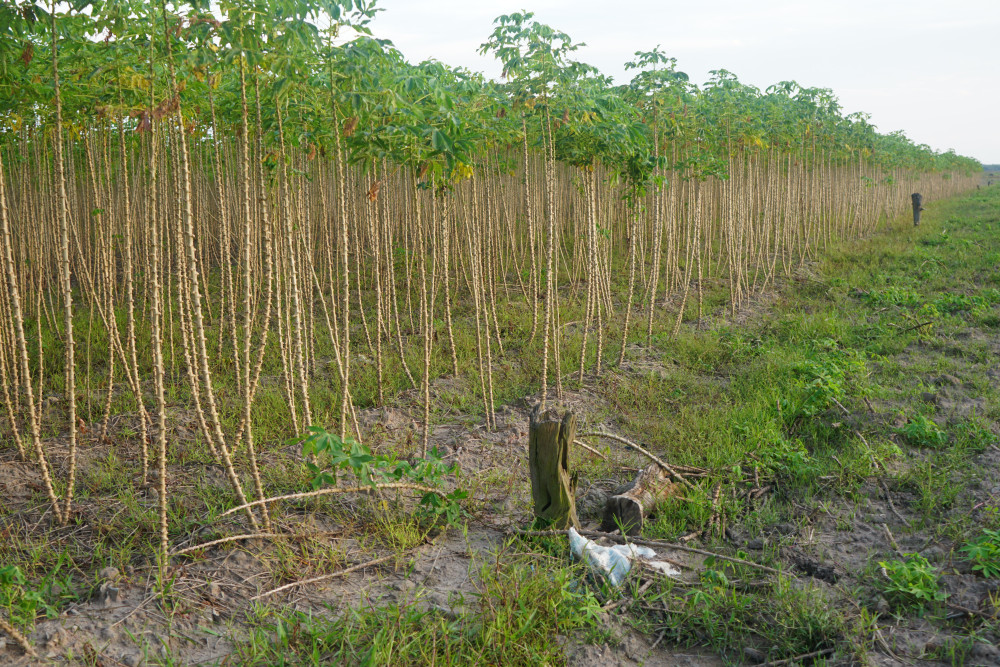
On Nhim Island there are still many cassava fields waiting for workers to harvest.
Growing cassava on semi-flooded land in Dau Tieng Lake
Looking at the sky filled with dark clouds and lightning flashes, Mr. Phung Van Bao (residing in Duong Minh Chau commune, Tay Ninh province) could not help but worry. Thinking about dozens of hectares of cassava of his family that were about to be harvested but due to continuous rain and storms, the land was flooded. If he could not harvest in time, all his efforts and capital would be gone like bubbles in the rain.
Every year, in the dry season, when the water level of Dau Tieng Lake drops, thousands of hectares of flat semi-submerged land are exposed along the lakeshore and in the islands and peninsulas. Taking advantage of this ideal terrain, many local people invest capital in cultivating a number of agricultural crops such as beans, corn, sesame, of which cassava is the most abundant.
Compared to growing cassava on the mainland, farming on Nhim Island is much more difficult and costly. Nhim Island is an island with an area of over 15,000 hectares, located in the middle of Dau Tieng Lake, in Phuoc Loi 2 Hamlet, Duong Minh Chau Commune. To grow this agricultural crop on the island, around January and February, when Dau Tieng Lake begins to discharge water, people plow and plant cassava seeds wherever the water goes. Farmers must use boats to transport seedlings, fertilizers, and labor from the mainland over 3km of waterway to reach the island in the middle of the lake.
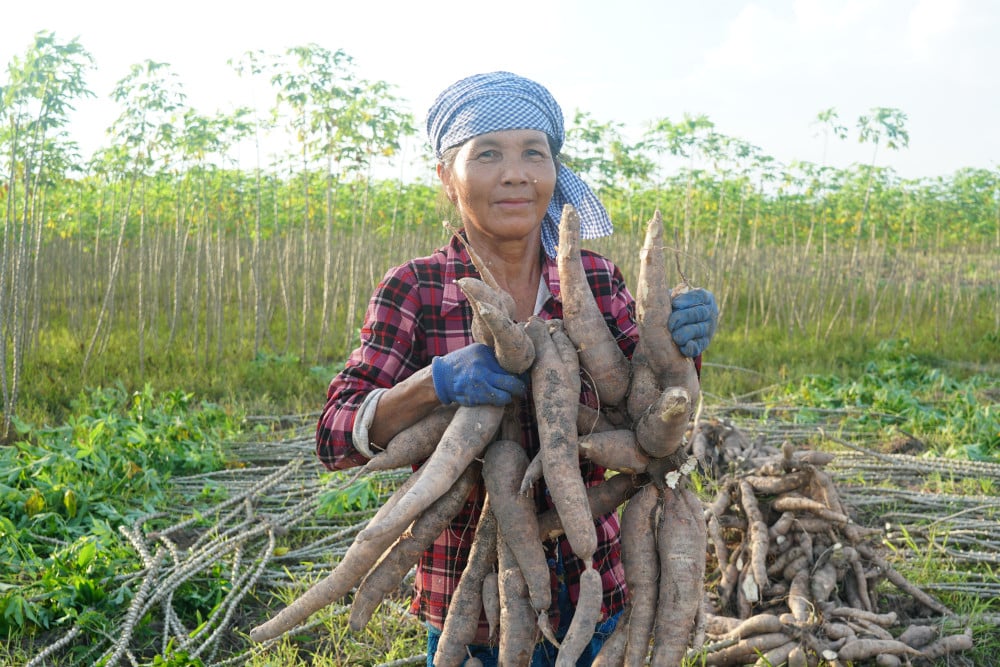
This year, the yield of noodles on Hedgehog Island is quite high.
When the rainy season comes, Dau Tieng Lake fills up again, which is also the time for farmers to harvest their crops before they are submerged in water. Cassava cultivation on Nhim Island is like gambling with the weather. In years with favorable weather, farmers harvest cassava on time and will have large cassava tubers with high starch content. In years with early rainy season, or heavy, prolonged rains, continuous storms, the water in the lake rises quickly, farmers do not have time to react, the cassava crop is considered to be a draw or a loss.
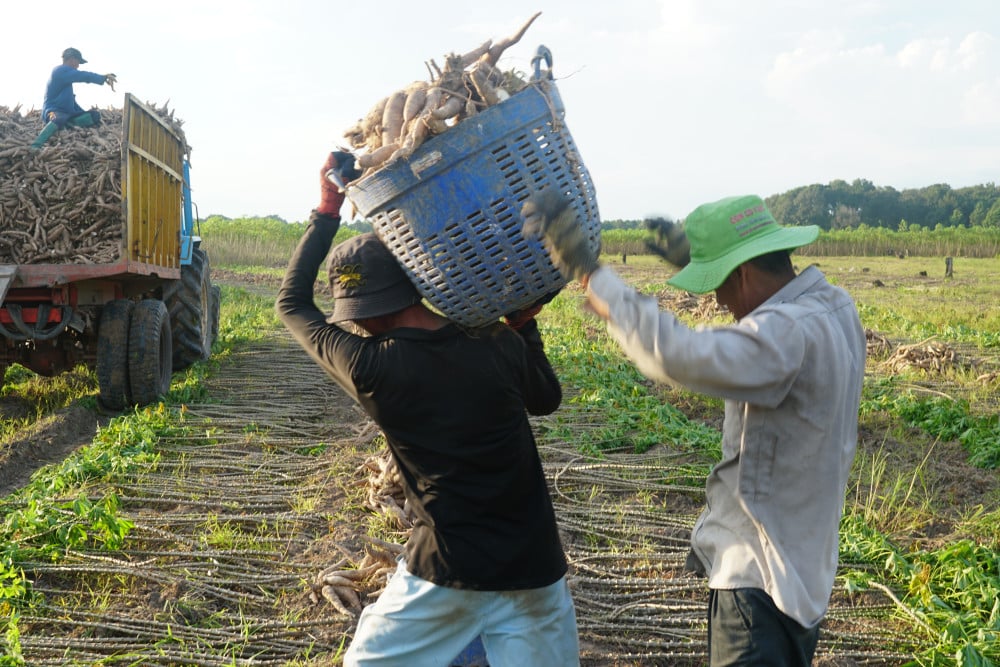
Workers carry full baskets of noodles onto tractor trailers.
This year, the storms and rains have been unusual, and at this time the water level in Dau Tieng Lake has risen, and many cassava fields on semi-flooded land have been soaked. Mr. Bao’s family, as well as many other farmers, quickly hired workers to harvest the cassava to avoid flooding.
Racing against the storm
Coming to Nhim Island on this day, it is easy to see the bustling atmosphere of work here, like a giant construction site in full swing. As the water level rises, farmers are pulling cassava there. On the semi-submerged areas, from 11 pm there are dozens of male and female workers, wearing flashlights, working hard.
The male workers took turns pulling the cassava rows. The work was quite hard, requiring their strong arms to use all their strength to lift the cassava roots from the ground. The female workers took turns, each in a row, using machetes to chop the cassava roots off the roots and then gathering them into small piles that stretched across the field.
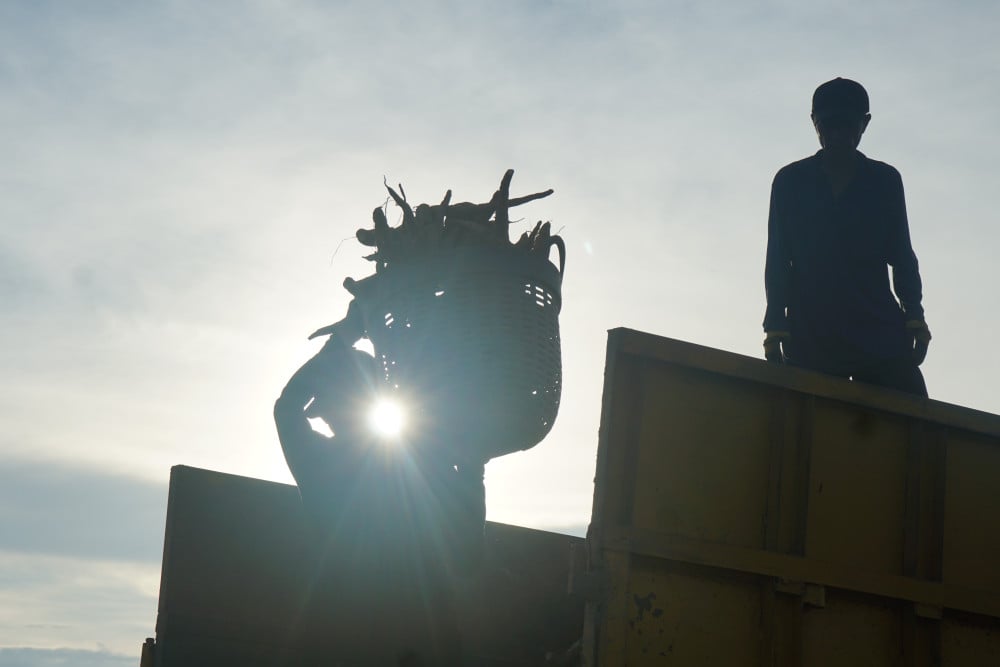
The work of the cassava harvesters is quite hard.
At around 4am, tractors pulling trailers entered the fields. Workers loaded buckets of cassava onto their shoulders and carried them onto the tractor trailer. When the trailer was full, the tractor towed the cassava to the wharf. There were several large cargo boats anchored there.
The cassava is loaded onto boats and transported by water about 3km inland. At the shore of Dau Tieng Lake on the mainland, there are several other tractors waiting. This convoy receives the cassava and continues to transport it to the purchasing and processing facility.
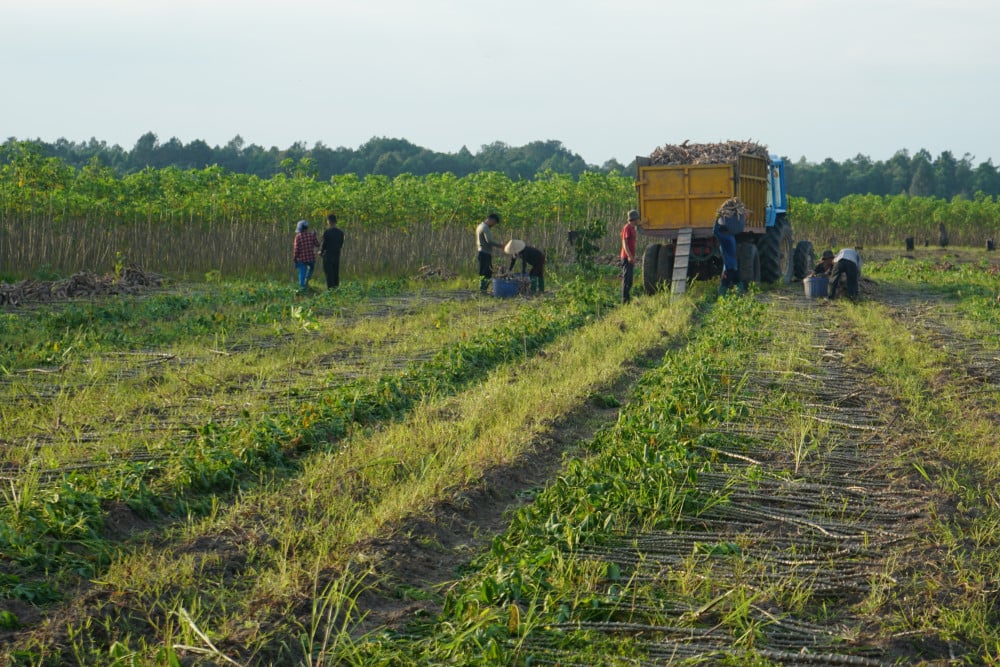
Harvesting cassava on Hedgehog Island
Mr. Nguyen Minh Hoang, a cassava harvester on Nhim Island, said: “Depending on the work requirements, sometimes the “leader” calls to work the night shift, sometimes the day shift. At night, around 11 pm, we harvest until around 5 am and then load the cassava onto the truck. The truck transports us to the wharf, finishing around 8 am. After that, we go home to eat, rest and regain our strength. The day shift starts at 2 pm, working until around 8 pm.”
Mr. Hoang added that the work is hard but the income is not high, each person only receives about 400 - 500 thousand VND/day.
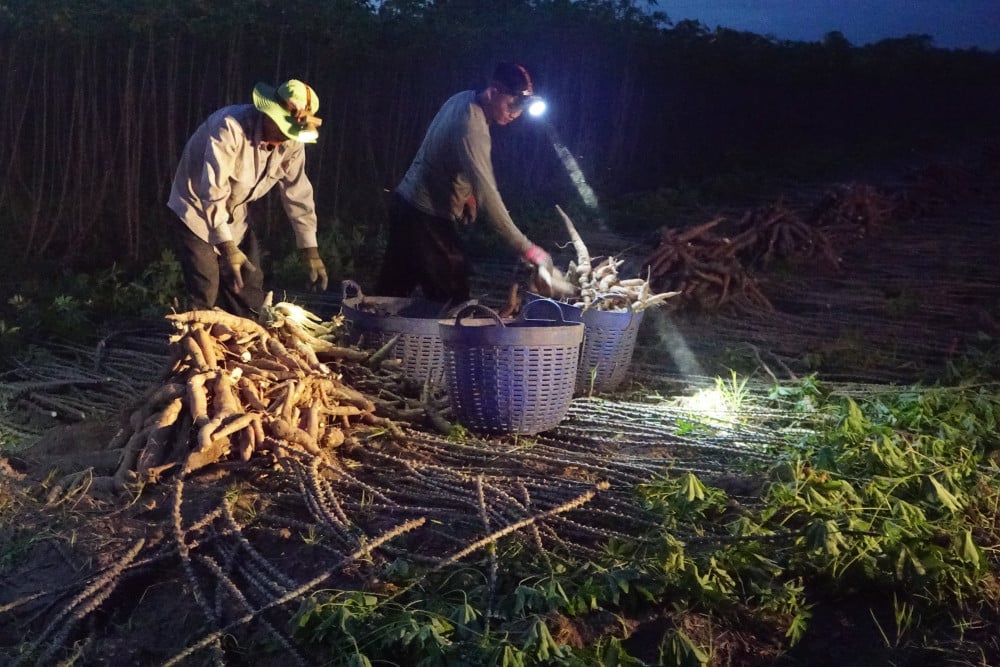
Workers continuously plucked cassava from late night to the next evening to avoid flooding.
According to our observations, this year, cassava on Nhim Island has a fairly high yield. Each cassava bush has dozens of tubers, some of which are longer than 60cm, estimated to weigh more than half a kilo. However, the purchase price of cassava is much lower than in recent years.
Mr. Phung Van Bao, a cassava grower on Nhim Island, said that this year the cassava yield was very good. In previous years, on average, one hectare of cassava harvested 30 - 35 tons of tubers. This year, the harvest is estimated to be 40 - 45 tons/ha. However, currently, the highest purchase price for cassava tubers with the word "starch" is only about 2,400 VND/kg, while in previous years, the same type of cassava tubers were as high as 3,000 - 3,200 VND/kg.
Meanwhile, cassava growers on the island have to bear the additional cost of transporting agricultural products to the mainland at about 700 VND/kg, so the income is not much compared to growing cassava on the peninsula or the mainland.
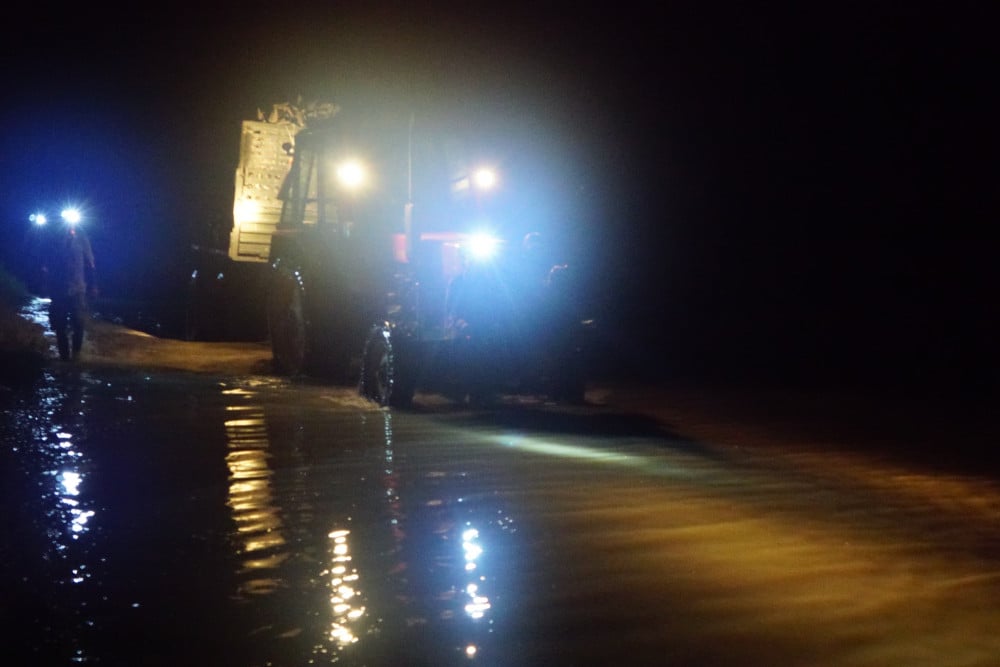
The tractor pulled the cassava to the waterfront.
Currently, most of the cassava on the semi-flooded land around Dau Tieng Lake has been harvested. However, on Nhim Island, there are still many cassava fields waiting for workers to harvest. While the rainy season is still long, and there are still some storms coming, the water level in Dau Tieng Lake will rise very quickly. The race to harvest cassava on Nhim Island will be bustling all night long./.
Ocean – Quoc Son
Source: https://baolongan.vn/hoi-ha-thu-hoach-mi-mua-mua-bao-a204511.html



![[Photo] General Secretary To Lam attends the 18th Hanoi Party Congress, term 2025-2030](https://vphoto.vietnam.vn/thumb/1200x675/vietnam/resource/IMAGE/2025/10/16/1760581023342_cover-0367-jpg.webp)


![[Photo] Many dykes in Bac Ninh were eroded after the circulation of storm No. 11](https://vphoto.vietnam.vn/thumb/1200x675/vietnam/resource/IMAGE/2025/10/15/1760537802647_1-7384-jpg.webp)
![[Photo] Conference of the Government Party Committee Standing Committee and the National Assembly Party Committee Standing Committee on the 10th Session, 15th National Assembly](https://vphoto.vietnam.vn/thumb/1200x675/vietnam/resource/IMAGE/2025/10/15/1760543205375_dsc-7128-jpg.webp)
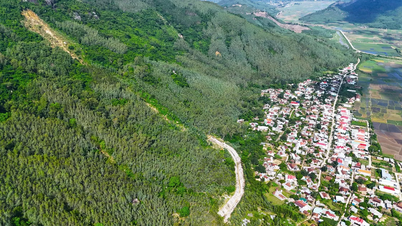

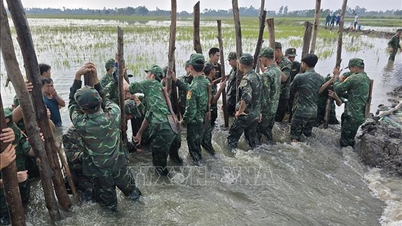

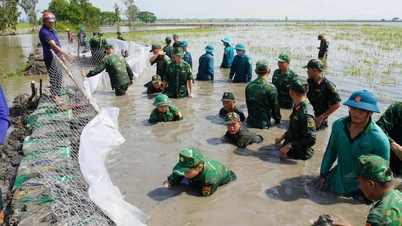

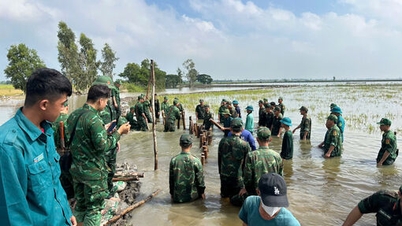









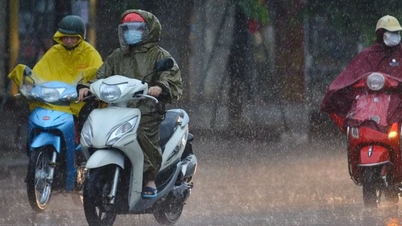

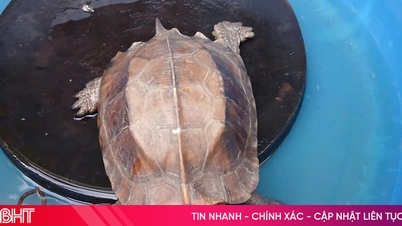




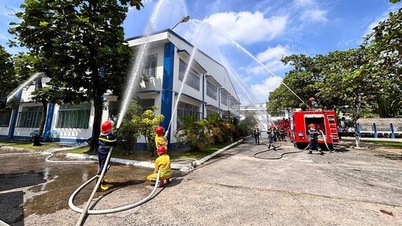
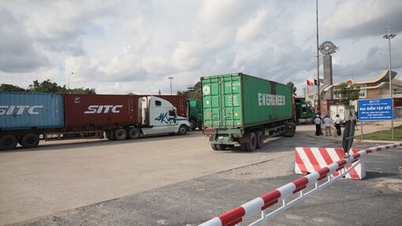
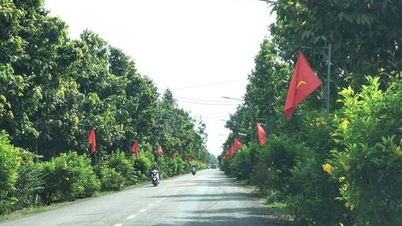
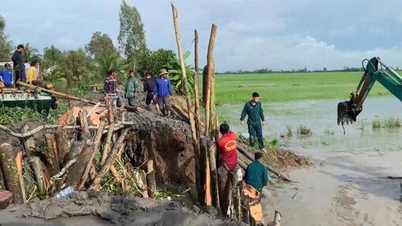
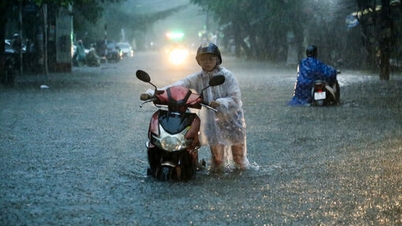
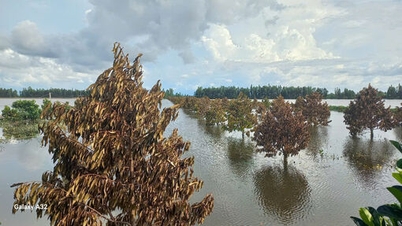
![[Video] TripAdvisor honors many famous attractions of Ninh Binh](https://vphoto.vietnam.vn/thumb/402x226/vietnam/resource/IMAGE/2025/10/16/1760574721908_vinh-danh-ninh-binh-7368-jpg.webp)





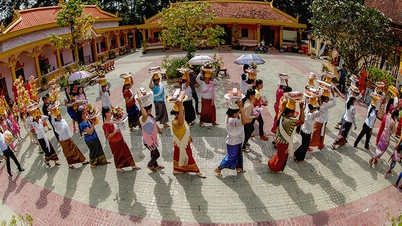

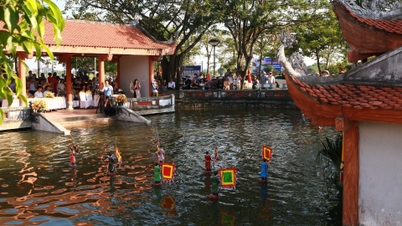





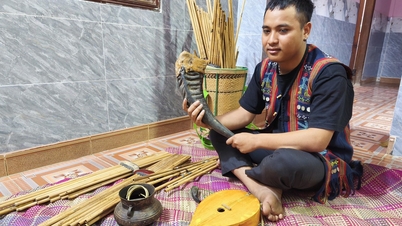







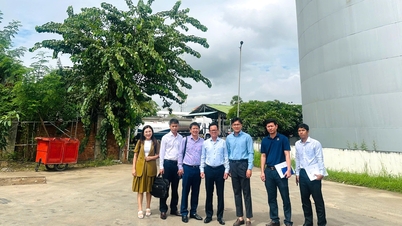
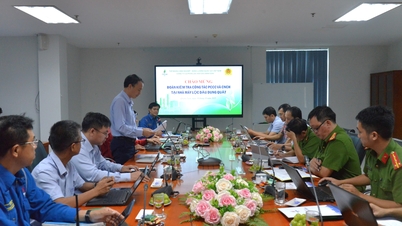










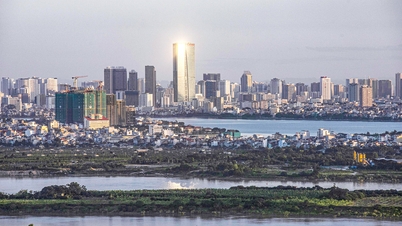




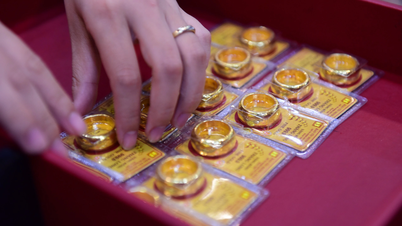






















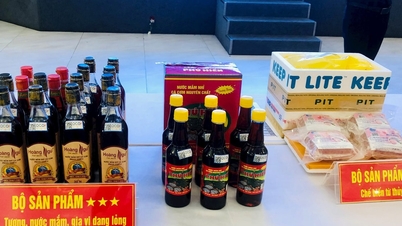






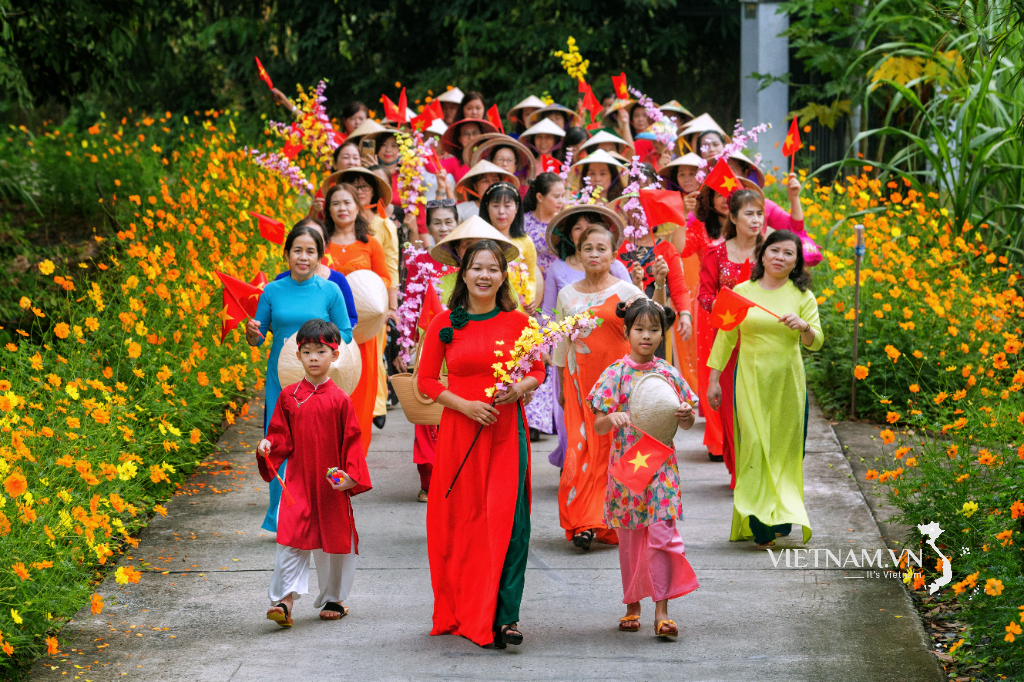


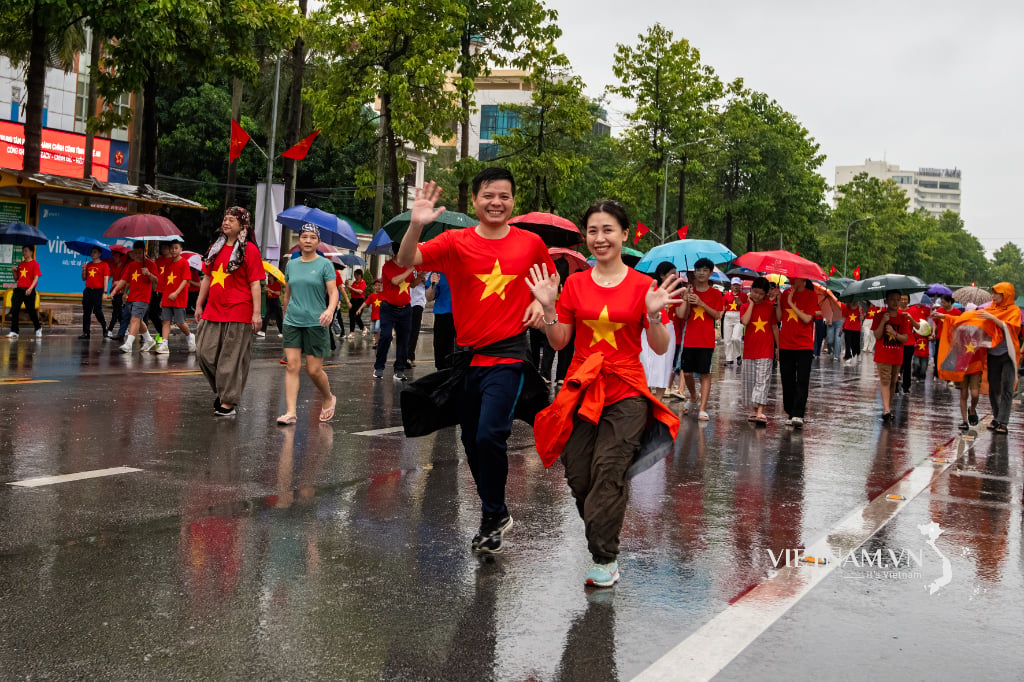
Comment (0)